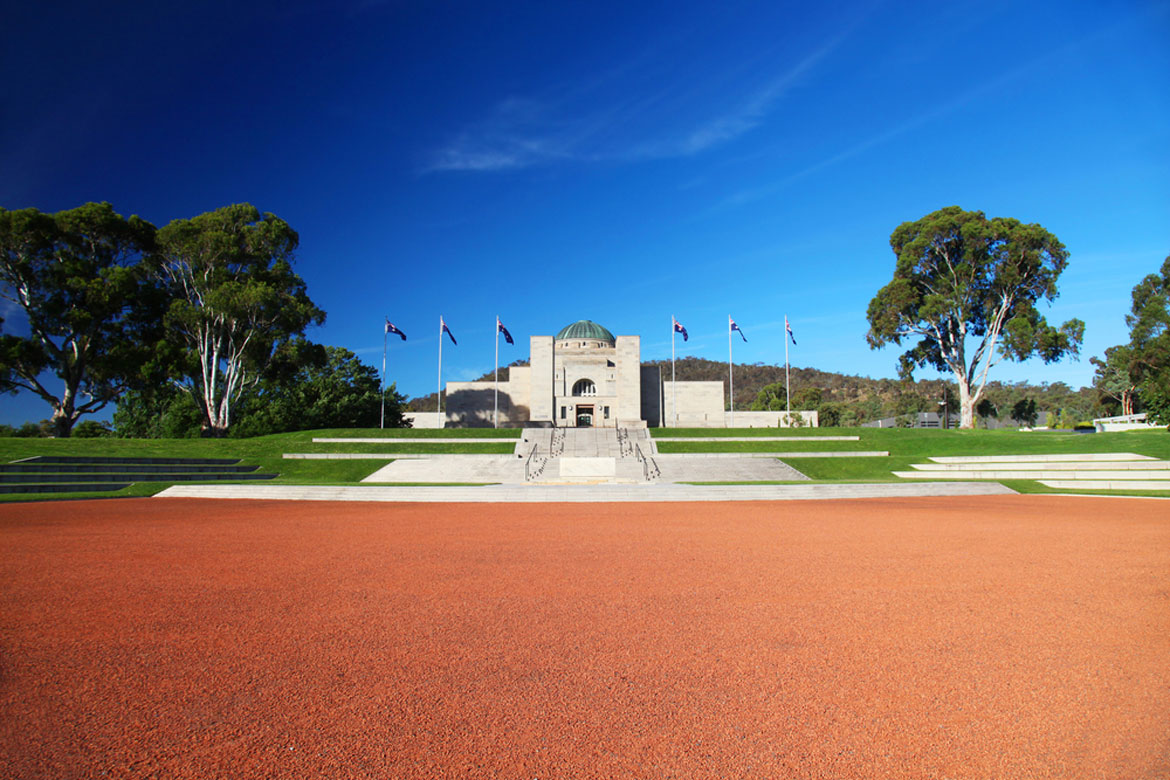
3 ways of using projectors for interactive museum displays
16 May,2018
Studies have shown time and again the power of interactive learning. Universities including Bucknell and Harvard have found that when someone can interact with what they are learning about, it can better grasp their attention. They'll retain more of that information, and likely have a more enjoyable experience overall.
So how does this relate to your museum? At Epson, we're firm proponents of interactive education, and the use of advanced new technology to help make learning fun (which it really ought to be!). Contemporary projector technology, including interactive projectors, is one way to build hands-on experiences into traditional AV displays - with the right system, suddenly your museum's walls are massive screens, which patrons can touch and interact with.
Even small museums on a budget can benefit from technology like Epson's. And to help inspire your creativity, we take a look at three cool uses of projectors in museum exhibits around the world.
1. US Holocaust Memorial Museum
In 2009, the US Holocaust Memorial Museum opened an exhibit that aimed to raise awareness of ongoing genocide threats in today"s world. Visitors were asked "What will you do to help end the threat of genocide today?" and could write their response on small red cards given out in the room - the idea here being to show people that individuals can make a real difference.
The written responses were digitised through the use of sensors in the pens, and then people's real handwriting was translated onto the exhibit wall in a projected collage of red cards.
2. Moesgaard Museum
Denmark's Moesgaard Museum combined 3D technology with projection mapping so visitors could colour in their very own Chinese terracotta general - live. First, visitors would choose their colours on a digital screen (the colours being similar to the ones used to paint the real soldiers 2,000 years ago), and then these choices would instantly display on a replica terracotta statue. Once complete, visitors' choices were published on a nearby screen as their general joined the army itself.
This idea was a great way to pique people's interest in the history of this famous Chinese army, and to show people what these statues would have looked like when they were painted.
3. London Science Museum
Our final example was hosted by the London Science Museum, but built by toothpaste giant Sensodyne. While it is not precisely the museum's own exhibit, it's still a fantastic use of museum property and an excellent example of interactive displays.
For the project, a punching bag was set up near one of the museum's wall, which visitors could step up to and whack as hard as they could. The force of their punch was translated through accelerometers into projectors, which then mapped "damage" onto the building. Visitors could feel like they were literally punching bricks away from the wall.
Imagine using this type of technology to display how building demolition works, or earthquakes, gunfire, or even weather damage.
If you're feeling inspired, it's time to look into a projector for your very own museum. Epson is one of the leaders in interactive projection technology, and has a range of models available to suit different levels of museum budget. Find your nearest Genuine Epson supplier to discuss which unit might be right for you. http://www.wheretobuy.epson.co.nz/



